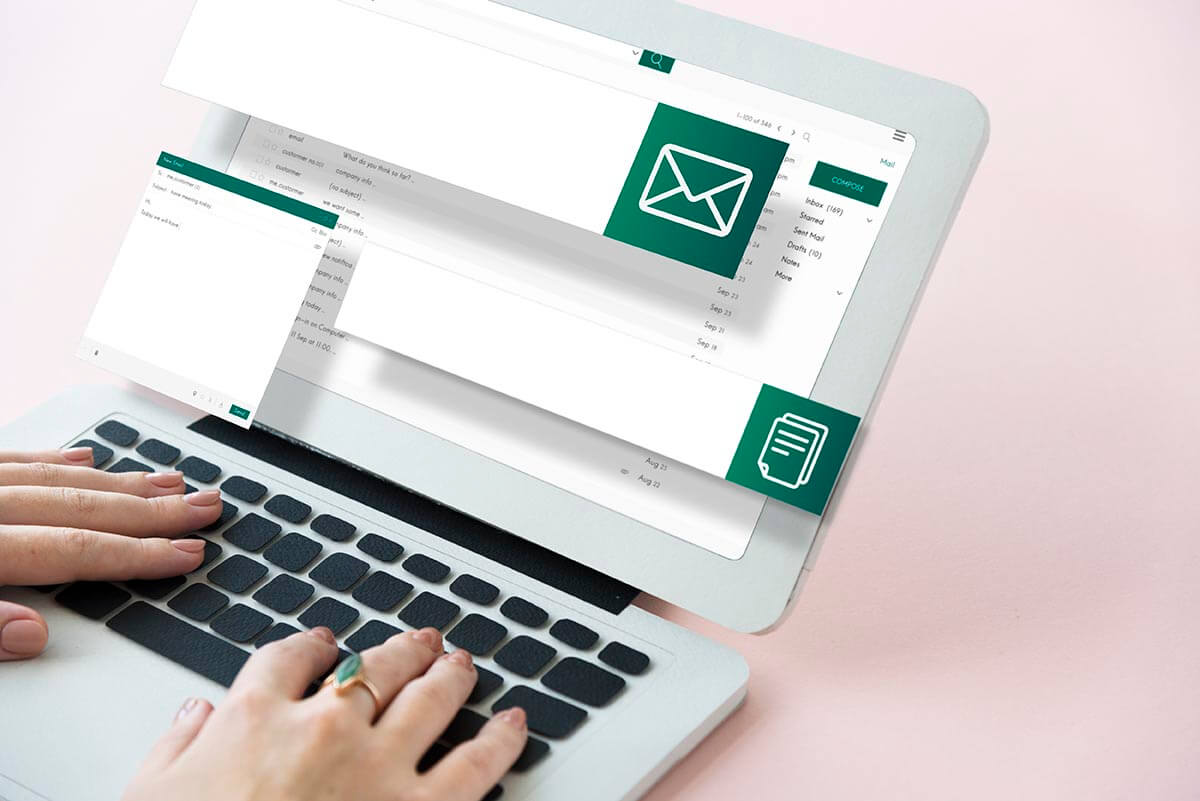Email marketing is a powerful tool for businesses to connect with their audience, promote products or services, and ultimately drive conversions. However, for email marketing to be effective, it’s crucial to build trust with your subscribers. Trust is the foundation upon which successful email marketing campaigns are built. When your audience trusts you, they are more likely to open your emails, engage with your content, and make purchases. In this blog post, we will explore essential strategies to build trust in email marketing.
Obtain Permission and Be Transparent
The very first step in building trust in email marketing is obtaining explicit permission from your subscribers. Never purchase email lists or add people without their consent. Instead, use opt-in forms on your website and social media channels to encourage visitors to subscribe willingly. Clearly communicate what subscribers can expect when they sign up, such as the type and frequency of emails they will receive.
Transparency is key to trust. Be open about your intentions and how you plan to use their email addresses. Assure them that their information will be kept secure and not shared with third parties. When subscribers trust that you respect their privacy and will only send relevant content, they are more likely to stay engaged with your emails.
Personalize Content
Personalization is a powerful tool in email marketing. When subscribers receive personalized content that caters to their interests and preferences, they feel valued and are more likely to engage. Use data and analytics to segment your email list based on factors like location, purchase history, or browsing behavior. This allows you to send targeted and relevant content that resonates with each group.
Addressing subscribers by their names in emails is a simple but effective way to make them feel recognized and valued. Furthermore, consider using dynamic content that adapts to individual preferences, creating a more personalized experience.
Consistency and Frequency
Consistency in email marketing is crucial for building trust. Subscribers should know what to expect from you in terms of email frequency and content. If you promise a weekly newsletter, stick to it. If you plan special promotions or updates, inform your subscribers in advance.
Overloading subscribers with emails can lead to irritation and unsubscribes, so find a balance that works for your audience. Analyze engagement metrics to determine the optimal email frequency that keeps your subscribers engaged without overwhelming them.
Provide Value and Relevant Content
The heart of any email marketing strategy is providing value to your subscribers. Every email you send should have a purpose, whether it’s sharing informative blog posts, offering exclusive discounts, or providing helpful tips and advice. Ensure that your content is relevant to the interests and needs of your subscribers.
Avoid sending emails solely focused on sales pitches. Instead, aim to educate, entertain, or solve problems for your audience. When subscribers consistently find value in your emails, they are more likely to trust your brand and continue opening your messages.
Build a Strong Brand Identity
A consistent and recognizable brand identity plays a significant role in building trust. Use consistent branding elements in your emails, such as logos, colors, and fonts, to reinforce your brand’s image. This helps subscribers instantly identify your emails in their inbox.
Additionally, ensure that your email content aligns with your overall brand voice and values. Consistency across all touchpoints, including your website and social media, reinforces your brand’s credibility and trustworthiness.
Engage and Interact
Engagement is a two-way street. Encourage subscribers to interact with your emails by including calls-to-action (CTAs) that prompt them to click, reply, or share. Respond promptly to any inquiries or feedback from subscribers. Engaging with your audience demonstrates that you value their input and are committed to building a relationship.
Consider using surveys or feedback forms to gather insights from your subscribers. This not only shows that you care about their opinions but also helps you tailor your content and offerings to better meet their needs.
Test and Optimize
To build trust over time, it’s essential to continually refine your email marketing strategy. A/B testing can help you determine which email subject lines, content formats, and CTAs resonate best with your audience. Use analytics to track open rates, click-through rates, conversion rates, and unsubscribe rates.
Regularly analyze these metrics and adjust your strategy accordingly. By optimizing your email marketing efforts based on data-driven insights, you can enhance the overall trustworthiness of your campaigns.
Building trust in email marketing is an ongoing process that requires commitment and consistency. By obtaining permission, being transparent, personalizing content, maintaining consistency, providing value, building a strong brand identity, engaging with your audience, and continually optimizing your efforts, you can foster trust with your subscribers. As trust grows, so does the likelihood of email marketing success, including higher open rates, increased engagement, and improved conversion rates. Remember that trust is a valuable asset, and once established, it can lead to long-term customer loyalty and advocacy for your brand.




